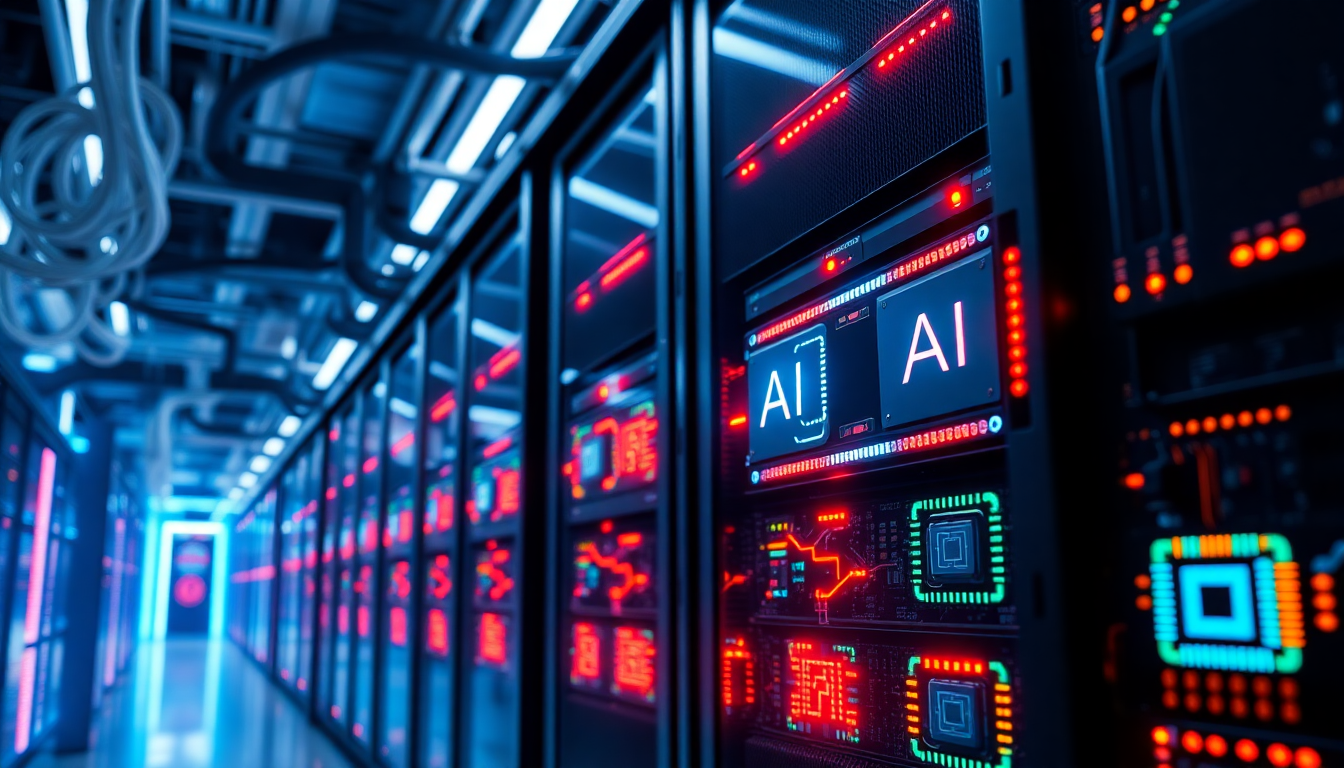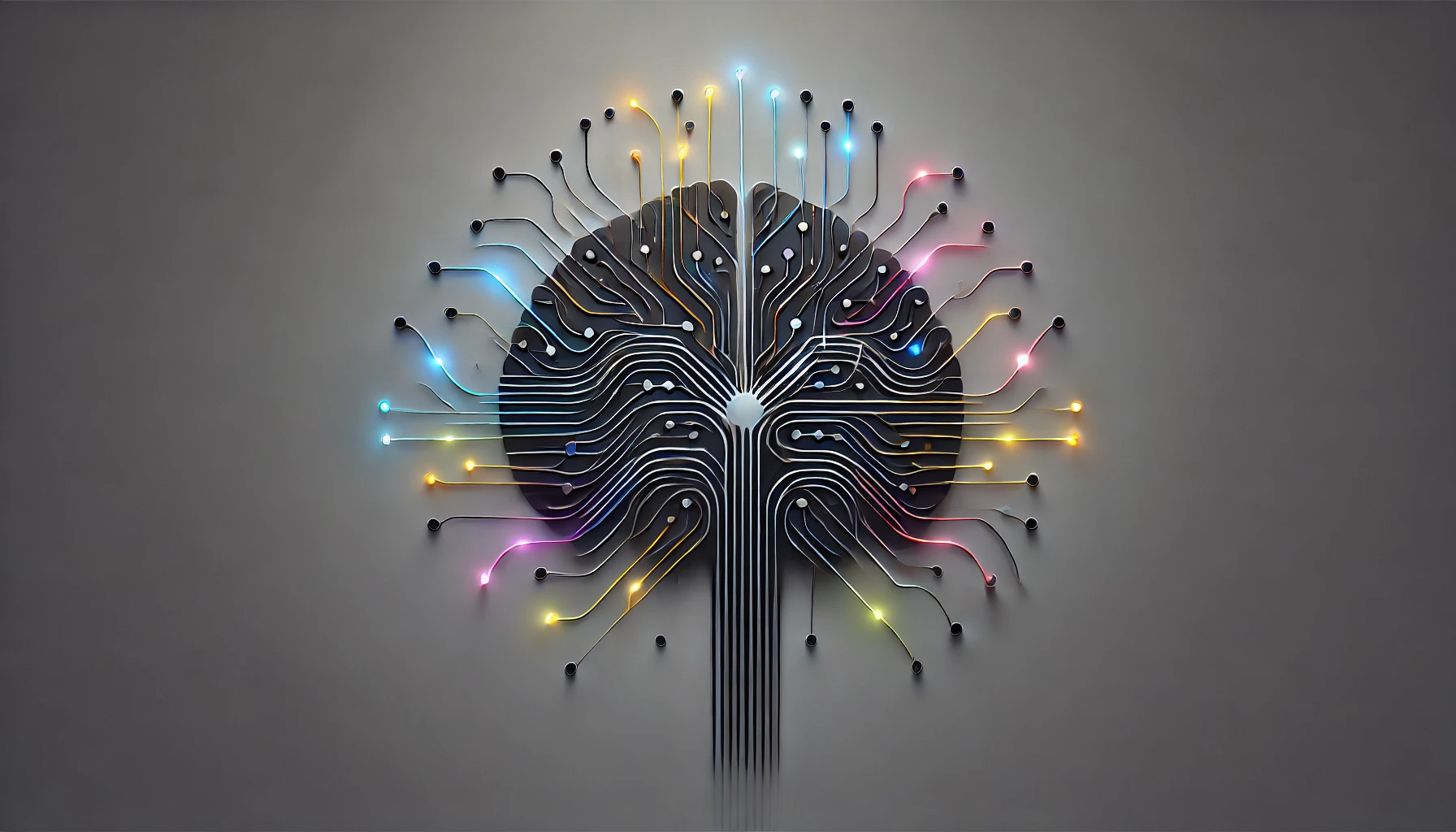OpenAI Takes the Reins: A Bold Break from Microsoft
For years, OpenAI and Microsoft worked in tandem, reshaping the AI landscape with cutting-edge models and innovative infrastructure. Microsoft invested heavily—funding specialized servers, cloud storage, and research projects to the tune of billions. In return, OpenAI’s breakthroughs in artificial intelligence, like GPT, bolstered Microsoft’s standing as a serious AI contender.
But now, OpenAI is ready to take control of its destiny. OpenAI CEO Sam Altman and CFO Sarah Friar recently secured $6.6 billion from prominent financial firms, signaling a significant shift: OpenAI will no longer rely exclusively on Microsoft's data centers and infrastructure. Instead, the company aims to build its own AI data centers and acquire proprietary chips, breaking free from total dependence on a single corporate partner.
The Risks and Rewards of Going Independent
This isn’t just a strategic pivot—it’s a calculated risk. Moving away from Microsoft means OpenAI must establish the infrastructure to keep pace with AI’s growing demands. The stakes are enormous: without stable server networks and high-performance chips, OpenAI risks falling behind competitors in both speed and innovation.
So, why take the risk? The answer lies in control. By managing its infrastructure, OpenAI can set its own course without waiting on Microsoft’s timelines. In fast-moving industries like AI, autonomy is often the difference between leading the race and playing catch-up.
How OpenAI Plans to Build Its Own Data Centers and Chip Ecosystem
OpenAI isn’t just dipping its toes into infrastructure—it’s diving in headfirst. The company has plans to develop proprietary AI chips, securing critical hardware to power future models. This approach mirrors similar moves by Google, which uses its in-house TPUs, and Amazon, which developed Graviton processors for AWS.
The company also plans to construct data centers optimized for AI workloads, following the example of cloud giants like Amazon Web Services (AWS) and Google Cloud. These centers will provide OpenAI with dedicated resources, eliminating bottlenecks that occur when competing for capacity with other Microsoft customers.
Why OpenAI’s Break Could Reshape the AI Industry
This move has broader implications beyond OpenAI and Microsoft. It’s a shot across the bow for other cloud providers like AWS, Google Cloud, and up-and-coming competitors like NVIDIA. The AI infrastructure market is rapidly becoming the new battleground—where control over data centers and chips determines who wins the next phase of AI development.
Here’s how the landscape is likely to shift:
- Increased Competition: OpenAI’s independence could force cloud providers to rethink their pricing and service offerings to retain customers.
- Innovation Race: By investing in its own infrastructure, OpenAI accelerates the innovation timeline, potentially outpacing rivals that depend on third-party data centers.
- Investor Interest: As AI infrastructure heats up, expect more venture capital to flow toward companies building custom hardware and cloud solutions for AI workloads.
What This Means for Microsoft
Microsoft may have lost exclusive control, but the partnership isn’t dead. Microsoft will still provide cloud services and infrastructure to support OpenAI’s operations—just not as the sole provider. However, this shift could spark tension between the two tech giants as OpenAI competes for capacity on the same platforms it once relied on exclusively.
Microsoft has invested heavily in AI to maintain relevance among cloud competitors like Google and Amazon, but this pivot by OpenAI highlights how fragile those alliances can be. When your best partner becomes your biggest competitor, things can get complicated.
The Bigger Picture: What’s at Stake in the AI Arms Race
The real battle isn’t between Microsoft and OpenAI—it’s between the tech giants vying to control the infrastructure that powers the AI economy. Whoever dominates this space will set the agenda for the next generation of technology—from natural language processing to autonomous vehicles.
OpenAI’s bold move suggests that companies at the forefront of AI development are no longer content to play by the old rules. Instead of depending on established players, they are carving out their own paths, reshaping the AI economy in the process.
What’s Your Take?
Is OpenAI’s decision to build its own infrastructure a stroke of genius or a reckless gamble? How will this shift impact Microsoft’s cloud ambitions? And what role should other cloud providers play as the AI infrastructure race intensifies?
We want to hear your thoughts! Join the conversation and become part of the "Shining City on the Web". Like, share, and participate in the debate—because the future of AI belongs to those bold enough to shape it.



















Post Comment
You must be logged in to post a comment.